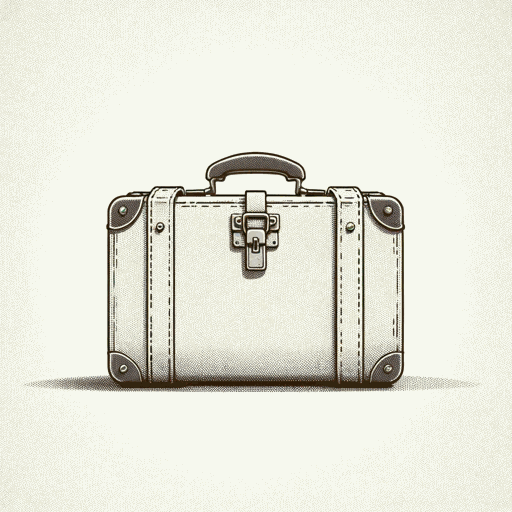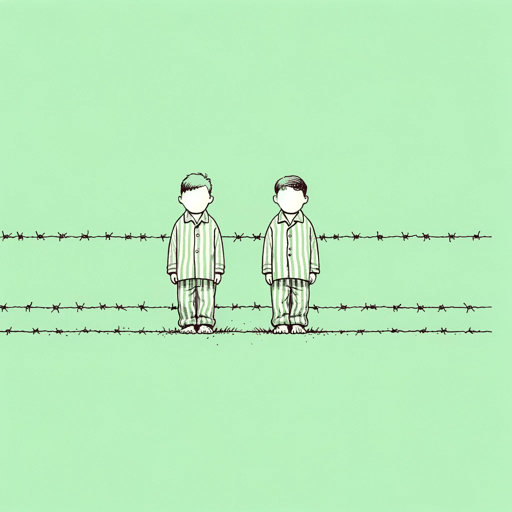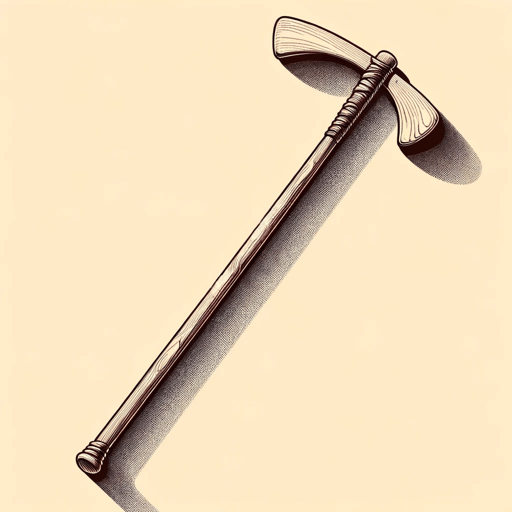82 pages • 2 hours read
John BoyneThe Boy at The Top of the Mountain
Fiction | Novel | Middle Grade | Published in 2015A modern alternative to SparkNotes and CliffsNotes, SuperSummary offers high-quality Study Guides with detailed chapter summaries and analysis of major themes, characters, and more. For select classroom titles, we also provide Teaching Guides with discussion and quiz questions to prompt student engagement.
Symbols & Motifs
Uniforms and Identity
Throughout The Boy at the Top of the Mountain, uniforms represent questions of identity and belonging. This is a natural choice, given that clothing can express personality, and uniforms symbolize group identity. Uniforms are particularly important to Pierrot, since they are an obvious sign of belonging to a group. He desperately wants acceptance from others.
At Berghof, surrounded by Hitler’s soldiers and henchmen, Pierrot is bombarded by the sight of uniforms. He sees soldiers wearing some like “[a] pair of living statues,” and is envious of Ernst’s chauffeur suit (84). Reflecting on these, he realizes that he had always been enamored of uniforms and was always very curious about his father’s that hung in his closet back in Paris. Thus, when Hitler gives Pierrot the uniform of the Hitlerjugend, Pierrot is deeply honored. Nevertheless, the gift is not all wonderful; it fills him “with a mixture of anxiety and desire” as he recalls the youths on the train journey to Germany who had bullied him were wearing versions of this uniform (140). The fact that Pierrot decides in this moment to accept the uniform, despite knowing its violent implications, signals the transformation of his personality while also pointing back to his search for identity and acceptance: “those boys [on the train] had been afraid of nothing and were part of a gang.
Related Titles
By John Boyne





